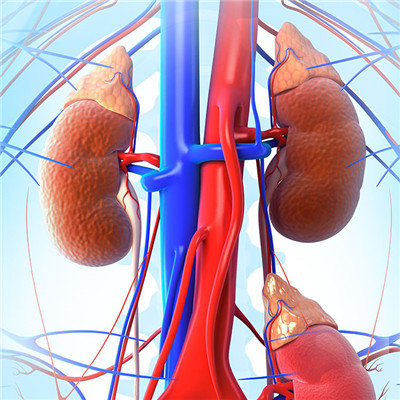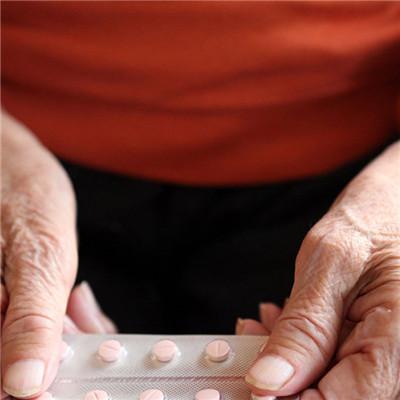What is lymphocyte transformation rate?
summary
What is lymphocyte transformation rate? There are many kinds of receptors on the surface of T lymphocytes. When stimulated by specific antigen or non-specific mitogen in vitro, a series of changes can occur in cell metabolism and morphology, such as transformation into large protolymphocytes. The number of transformed cells can reflect the cellular immune function of the body, measure the response ability of T lymphocytes, and diagnose cellular immunodeficiency disease.
What is lymphocyte transformation rate?
Abnormal results: decrease: common in malignant tumor, lymphogranuloma, severe tuberculosis, severe fungal infection, tumor leprosy, dyskinesia telangiectasia, Hodgkin's disease, chronic lymphocytic leukemia, patients treated with radiotherapy or adrenocortical hormone immunosuppressive agents, etc. Elevated: seen in Turner's syndrome, acute lymphoblastic leukemia, etc. People to be examined: people with suspected above diseases.

Taboo before examination: be sure to cooperate with the doctor to write the name correctly and neatly, so as to avoid inconvenience caused by confusion of the same name or similar name. Pay attention to these, blood will be more convenient, faster, can better save diagnostic time for themselves. Inspection requirements: do not wear too small cuff, too tight clothes, in order to avoid in the blood when the sleeve can not roll up or blood after the sleeve too tight, causing arm vascular hematoma. Ask the doctor about different test items and treat them differently.

The traditional method to detect lymphocyte transformation rate is to culture whole blood or separated lymphocytes with mitogen for a certain period of time, and observe the proportion of lymphocyte transformed into mother cells, so as to determine the lymphocyte transformation rate. Juvenile chronic myeloid leukemia, hairy cell leukemia, Chlamydia lymphogranuloma, allergic stomatitis.

matters needing attention
This test reflects the cellular immune function of the body from one side. Due to the great difference of immune function between individuals, the results should be analyzed in combination with clinical practice. If it is used to observe the prognosis and drug efficacy, it is necessary to make dynamic observation before and after medication to show the clinical significance of this trial. For LCT caused by specific antigen, if the conversion rate of the control group is low, the clinical significance is also great.













